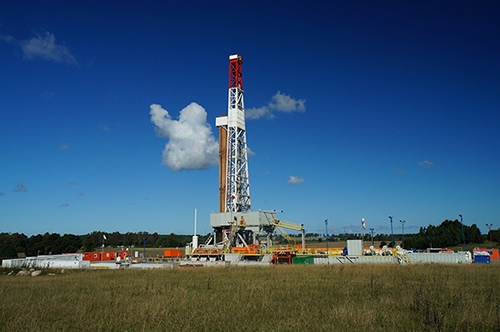Gas detectors are essential devices designed to detect and monitor individuals to the presence of various gases in the environment. Explosive gases pose significant risks due to their flammable nature, and the consequences of an explosion can be catastrophic. GasDog gas detectors are classified into single gas detectors and multi gas detectors that can detect Ammonia (NH3), Carbon Monoxide (CO), Chlorine Dioxide (ClO2), Ethene (C2H4), Hydrogen (H2), Hydrogen Sulfide (H2S), Methane (CH4), and Phosphine (PH3) and other flammable and explosive gases. These combustible gas detectors are equipped with advanced sensors that enable them to accurately identify and measure the concentration of these gases in the air. When it comes to combustible gases, gas detectors play a crucial role in ensuring safety by identifying potentially hazardous concentrations before they reach dangerous levels.

Explosive gas detector working principle
Gas detection relies on the utilization of sensors designed to react to particular gases. When it comes to explosive gases, two widely used types of sensors are catalytic sensors and infrared sensors. Catalytic sensors operate by detecting combustible gases through the promotion of their oxidation on a heated surface. This process induces a change in temperature, which the sensor can then accurately measure. On the flip side, infrared sensors function by identifying gases through their absorption of infrared radiation. These sensors play a crucial role in ensuring the safety of environments by providing an early warning system for the presence of potentially hazardous gases.
Explosive gas detector for various applications
Gas detectors play a pivotal role in ensuring safety in various environments, particularly in industries, laboratories, and confined spaces where the potential for gas leaks or buildup exists. These highly sensitive instruments are designed with the capability to detect even trace amounts of explosive gases, making them indispensable for proactive hazard mitigation.
The sensitivity of gas detectors is a key attribute, as it allows them to identify minuscule concentrations of gases that may pose a threat. This heightened sensitivity is crucial in providing an early warning system, enabling timely responses to prevent accidents or mitigate the impact of hazardous situations. By being calibrated to trigger alarms when gas concentrations surpass predetermined thresholds, these detectors serve as reliable guardians, ensuring that individuals within the vicinity are promptly alerted to potential dangers.
In industrial settings, where the risk of gas-related incidents is heightened, gas detectors act as vigilant sentinels, continuously monitoring the air for any deviations from safety standards. Laboratories, often dealing with diverse and potentially volatile substances, benefit from the precision of gas detectors in maintaining a secure working environment. Additionally, confined spaces, with limited ventilation and increased risk of gas accumulation, rely on these detectors to provide an added layer of safety.
In addition to providing early warnings, gas detectors for combustible gases are designed with features that enhance their usability and effectiveness. Gas monitors are equipped with audible and visual alarms to ensure that warnings are unmistakable, even in noisy environments. Furthermore, they include data logging capabilities, allowing for the recording of gas concentration levels over time. This data can be invaluable for analyzing trends, identifying patterns, and improving overall safety measures.
Portable gas detectors are widely used for various applications, allowing individuals to carry these devices with them as they move through different environments. This mobility is especially crucial for workers in industries such as oil and gas, chemical manufacturing, and mining, where the potential for encountering explosive gases is higher. These personal handheld detectors provide real-time information, enabling quick responses to changing conditions and minimizing the risk of accidents.
Gas detectors are not only limited to industrial applications, they also play a vital role in residential settings. For instance, natural gas, which is commonly used for heating and cooking, can pose a risk if there is a leak. Fixed gas detectors are designed to monitor the air for the presence of such gases, providing homeowners with peace of mind and an added layer of protection.
Conclusion
Gas detectors are indispensable tools for identifying explosive and combustible gases and mitigating the associated risks. Through the use of advanced sensor technologies, these detectors offer accurate and timely warnings, allowing people to take necessary precautions and avert potential disasters. Whether in industrial or residential settings, the application of gas detectors contributes significantly to overall safety and the prevention of explosions caused by flammable gases.
